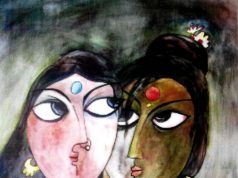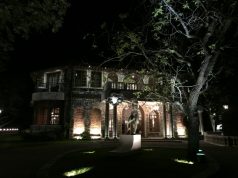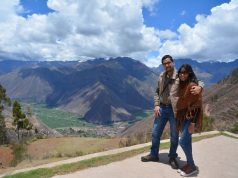 By Gajendra Singh Shekhawat
By Gajendra Singh Shekhawat
Every year, on 31 October, India observes Rashtriya Ekta Diwas — National Unity Day — to honour the birth anniversary of Sardar Vallabhbhai Patel, independent India’s first Deputy Prime Minister and Home Minister. Few figures shaped the foundations of the Republic as decisively as Patel, who brought together more than 560 princely states after 1947 to create a single political entity.
Patel’s realism, patience and firmness prevented the subcontinent from fracturing in the wake of Partition. Junagarh, Hyderabad, and Jammu & Kashmir might well have slipped into uncertainty but for his persuasion and resolve. The idea of unity he espoused was never uniformity; it was a federation of minds and hearts bound by shared heritage. That belief remains India’s anchor in an age of widening diversities and new aspirations.
The decision in 2014 to commemorate Patel’s birthday as National Unity Day recognised that unity is not a settled fact but a continuous act of national renewal. Across the country, schools, civil organisations and citizens reaffirm the pledge to uphold the nation’s integrity. Events such as the Run for Unity embody Patel’s call for collective action — reminding us that patriotism must move from sentiment to participation.
This year the 150th birth anniversary will be observed with special programmes at Ekta Nagar near the 182-metre Statue of Unity — itself a monumental tribute to Patel’s nation-building legacy. Cultural parades, tableaux from States, and performances by over 900 artists will celebrate the idea that India’s strength lies in its many voices speaking as one.
In a country where languages, faiths and folk traditions coexist in profusion, culture has long served as the most durable bond of unity. Institutions under the Ministry of Culture — from Zonal Cultural Centres to national museums — work to democratise heritage, ensuring that no region feels isolated from the national narrative.
Programmes such as Ek Bharat Shreshtha Bharat institutionalise this spirit by pairing States and Union Territories for exchanges in language, cuisine, and art. When students in Maharashtra learn Bihu or young performers from Assam stage Lavani in Pune, they practice Patel’s idea that knowing one another is the first step to standing together.
Tourism, too, is an instrument of cohesion. The Dekho Apna Desh campaign and an upgraded Incredible India Digital Platform encourage citizens to explore their own land — from Punjab’s Golden Temple to Kerala’s backwaters, from Assam’s tea gardens to Rajasthan’s deserts. In 2024 alone, domestic tourism crossed 294 crore visits, reflecting a surge in curiosity and pride among Indians about India.
Schemes like Swadesh Darshan and PRASHAD go beyond infrastructure to create local livelihoods. When a woman in Nagaland runs a homestay for visitors from Gujarat or an artisan in Jodhpur sells crafts to travelers from Tamil Nadu, they exchange more than goods — they share experiences that knit the Republic closer.
Unity, Patel taught, is a task renewed in every generation. It must be defended against the fragmenting impulses of indifference, ignorance and regionalism. The Panch Pran — the five resolves of the Azadi ka Amrit Mahotsav — place the pledge of national solidarity at the heart of India’s journey towards 2047.
As India marks the sesquicentennial of Sardar Patel’s birth in 2025, the true homage to the Iron Man lies not in marble or memory, but in ensuring that every Indian feels part of the same national story. Whether through a cultural performance, a museum exhibit, or a journey across States, each act of participation strengthens the invisible threads that bind this civilisation together.
In Sardar Patel’s words and in Prime Minister Modi’s reiteration of them, unity remains both the means and the goal of India’s destiny — Ek Bharat, Shreshtha Bharat.
(The author is Union Minister for Culture and Tourism, Government of India.)








